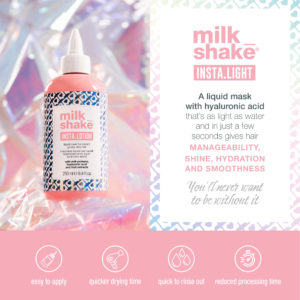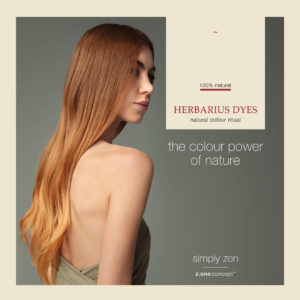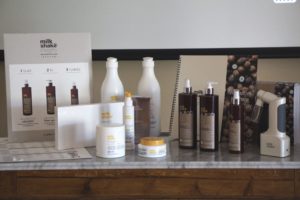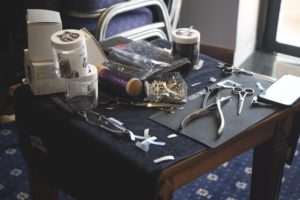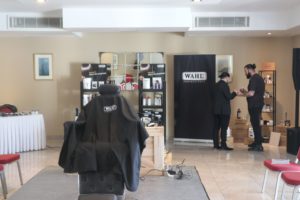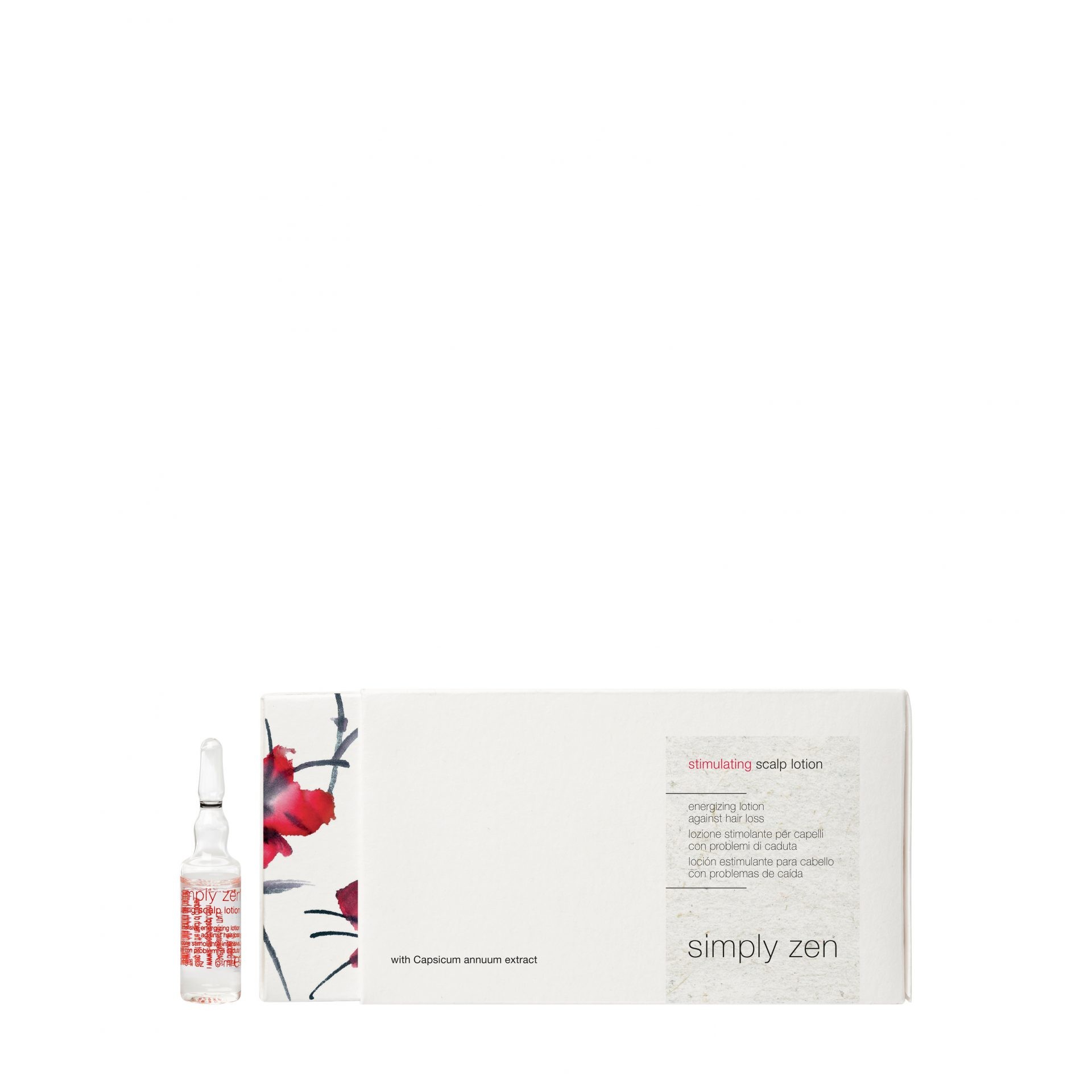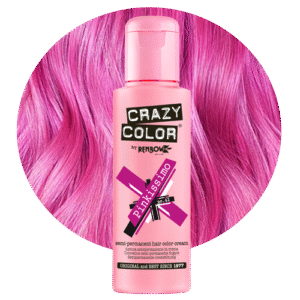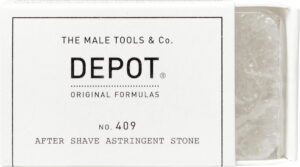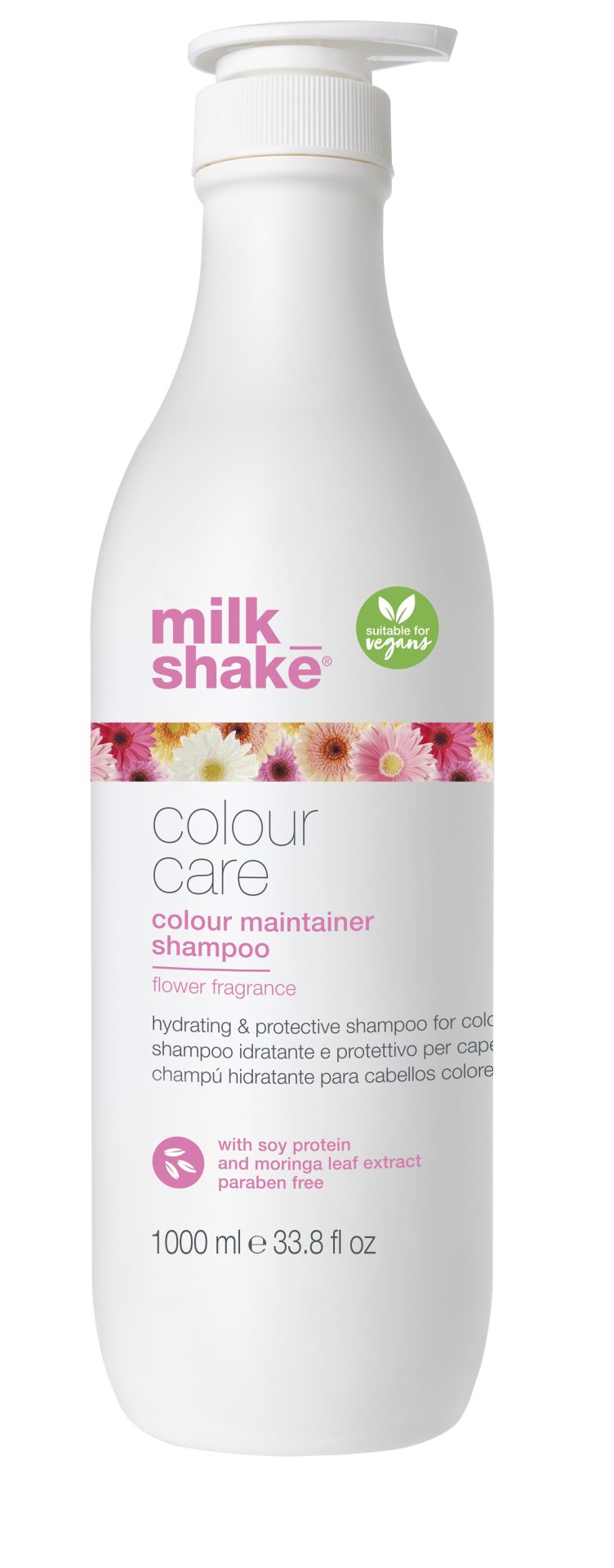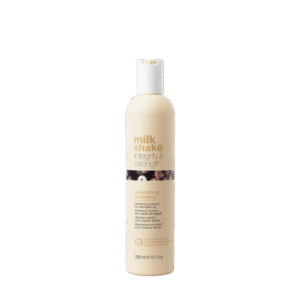What is the effect of chlorine on the hair?
Water activities increase during the summer months. As a result we are exposed to chlorine, which has a negative effect on natural hair and even more so on chemically treated hair. Chlorine can cause the air and sun to oxidize hair and makes it feel gummy when wet and straw-like when dry. Even water that has a high pH value increases susceptivity to these kind of ailments.
Is it advisable to wash our hair with tap water after swimming?
It is imperative to remove chlorine immediately from the hair after exposure. Chlorine left in the hair for more than 15min after a swim will start to do damage so it’s very important you shampoo your hair at the end of the day to remove the chlorine or sea salt. Those who swim in chlorinated water may benefit from first wetting the hair entirely before jumping into the pool. The idea is that you will fill your hair follicles with clear water so that your hair won’t soak up the chlorinated water. Less uptake of chlorine or salt may result to preserve the beauty of hair.
What kind of damage is done to the hair by the sun’s rays?
The UVA and UVB can both damage the hair in a variety of ways. It can cause permanent damage to the outside covering of the hair, which is the cuticle and it can penetrate into the center of the hair, which is the cortex and do all sorts of damage. Energy from the sun destroys the interior of hair, which explains why hair color fades with sun exposure.
What is the best defense to protect our hair from the sun?
The smartest way to assure lovely, shiny hair is to protect it before it is damaged. The best defense against sun damage is a hat of close weave material and large enough to cover all of your hair. But not everyone looks good in hats and wearing one almost always causes flat hair. The next best defense and the one that I recommend, is the use of hair care items that will protect your hair by containing sun filters.
Will using a leave-in conditioner before exposing our hair to the sun help?
Leave in hair conditioners are designed to penetrate or settle down into the layer of the cuticle. The things you need to think about are adding back moisture and creating protection from the sun, wind and salt water. Leave-in conditioners are great to take to the beach and add to your hair once you have finished swimming so that you stop your hair from drying out, just comb it through and tie your hair back into a plait for the best results. I recommend Milk Shake Leave In Conditioner because its light-weight and won’t leave your hair oily even with fine hair, just comb a small amount through your hair while it is still damp and before you blow-dry.
How does the sun effect our scalp?
Care of the hair and the scalp skin are sometimes considered separate, but are often intertwined because hair grows from underneath the skin. A common effect of UV exposure is thinning of the skin causing fine wrinkles, easy bruising, and skin tearing. Limit your exposure to the sun. We have been educated to the fact that the sun can cause skin cancer. We have gotten into the habit of using sun screen. But your hair won’t protect that sensitive scalp. You should always wear a hat if you are planning to be outside for more than a brief period of time. Prolonged exposure can cause your scalp to burn. The sooner skin is treated after the sun burn, the better its restorative and healing effect
Is it advisable to expose our hair to treatments such as colouring, highlights, perm or straightening in summer?
Nowadays, being fashion conscious it is difficult not to do such technical treatments even though they are best avoided. Relaxers can cause hair breakage when used over a period of time, even when they’re used properly. If you decide to keep straightening your hair during the summer months, you’ll need to wait at least 6 weeks before your next treatment to protect your hair. Other options for applying color to hair besides chemical dyes include the use of ammonia-free solutions like Milk Shake semi-permanent colours, conditioning direct colour or colour mousses. And don’t use relaxers – or any hair treatment – if your scalp is irritated.
Should we avoid blow drying our hair during the summer months?
Try to give your hair a break during the summer season. Consider letting your hair air-dry. Curly haired girls, let your natural curls free! For girls who usually curl their straight hair, hair braided when wet will air-dry into beautiful waves. If you absolutely, positively can’t live without your blow dryer, use products for protecting against the thermal heat from hairdryers and UV damage.
How should we deal with damaged hair?
In summer it is really important to care for your hair because of all the natural elements drying it out and causing damage but how well you care for your hair from the time it emerges from the root plays a role in how healthy it looks. Undoing the damage caused to the hair will take both time and effort. But it is definitely not a daunting task. While certain specific products, like professional reconstructing hair masks, do have the ability to repair the hair, in some rare cases very little can be done to the damaged hair. The only solution in such cases would be to wait for new hair to grow. Regular haircuts are one of the best ways to help keep hair healthy. Even if you have long hair or you’re trying to grow your hair, a haircut can help protect the ends of your hair from splitting and damage. In fact, cutting may actually help your hair grow better because it’s healthy and not breaking off.
What about nutritional treatments in summer?
Deep conditioning treatment is the second best solution for split hair as these act on the internal and external hair structure. For moisturised and shiny hair ask your hairdresser to use a treatment with jojoba oil. This can be done weekly under expert guidance.
Angela Falzon
angela@cortexltd.com
Technical Director, Cortex Ltd.


